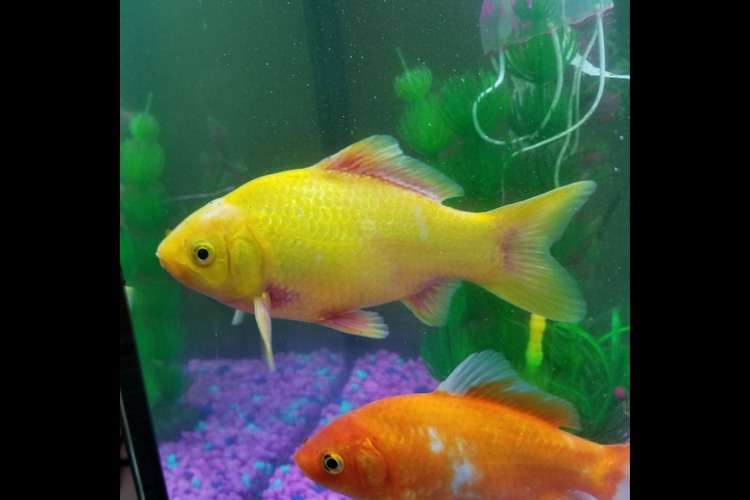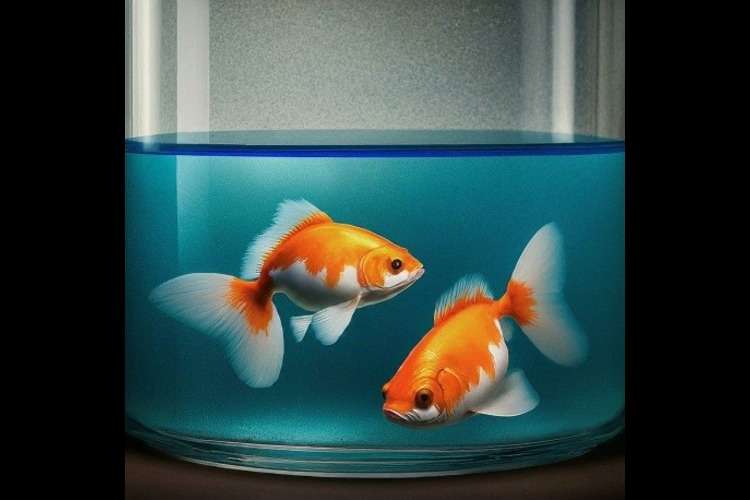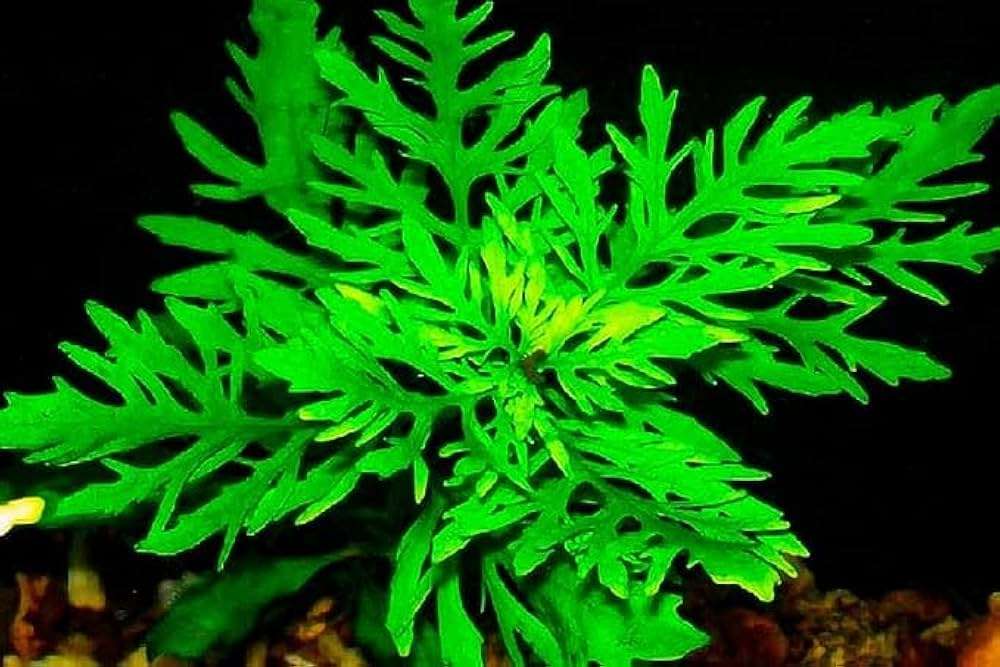Fish Reproduction: Understanding How Fish Breed in Your Aquarium
Learn how fish reproduce in your aquarium, from breeding behaviors to creating the ideal environment. Get tips on caring for fish fry and overcoming breeding challenges.
Table of Contents
- Types of Fish Reproduction
- Fish Breeding Behavior in Aquariums
- Creating the Right Environment for Breeding
- Fry Care
- Common Challenges in Fish Reproduction
- Faq
- Conclusion
The reproduction of fish in an aquarium tank is a great, exciting experience for anny enthusiast. Be a seasoned aquarist or starting out, knowledge of the process of fish breeding improves your overall understanding of how to care for your aquarium fish. Various types of reproduction occur in fish, sexual and asexual; the basics of these help you create the right environment for your fish tank to breed successfully.
Types of Fish Reproduction
Sexual Reproduction:
Most fish species reproduce sexually, and there is a separation of male and female roles. Typically, the male ejaculates sperm (milt) that fertilizes the female's eggs. Some species perform internal fertilization through placing the sperm inside the female's body. Most species of aquarium fish are involved in external fertilization. Some of the common ones that breed in this way include guppies, bettas, and goldfish.

Asexual Reproduction
Certain species of fish, such as certain types of mollies and swordtails, can reproduce asexually if given the right circumstances. Here, females can produce offspring without fertilization by males. While rarre in most aquarium species, it is possible due to environmental stress or specific hormonal conditions.

Fish Breeding Behavior in Aquariums

Fish often exhibit very interesting and complex behaviors as they prepare to spawn. Some of these include nest building, cleaning areas where eggs will be laid, and courtship rituals. For example, guppies and bettas have different courtship dances before mating, which can be a delightful spectacle.
In general, male fish are known to show off their colors or swim in patterns to attract females. After a female has matured enough to be bred, she will let the male fertilize her eggs. One must be well aware of the specific mating rituals of ur species of fish in order to help create the proper breeding environment for your home aquarium.
Creating the Right Environment for Breeding
For successful breeding within your fish tank, one should mimic conditions as closely to nature as possible. Here are a few points to encourage fish to reproduce:
· Tank Size: Provide an aquarium size that can harbor the breeding couple and the likely fry (the baby fish) in case their reproduction is fruitful. Overpopulation can stress your fish, affecting their ability to reproduce successfully
· Water Quality: Fish is very sensitive to the water environment. Regular checking of pH, temperature, and hardness should suit the needs for fish species breed.
· Setting up breeding tanks: Many breeds of fishes like Goldfish and Bettas requires an exclusive spawning area with aquatic plants or mat that helps breeders to comfortably nest.
· Lighting: Proper lighting is essential to signal the fish's breeding season. A stable light cycle that simulates natural day and night can trigger breeding behavior.
· Diet: A good diet is necessary for breeding. Feed high-quality foods such as live or frozen brine shrimp, daphnia, and special breeding pellets to promote healthy reproduction.
Fry Care
Once the eggs hatch, the question becomes how to care for the fry. Depending on the fish species, either the parents may take care of the fry, or they must fend for themselves. For example, cichlids are great parents, caring for their offspring, while tetras and most barbs tend to leave theirs to fend for themselves.
If your fish are not protective, it’s important to have a separate nursery tank for the fry. This tank should have gentle filtration and plenty of hiding spaces to protect the baby fish from adult fish who might view them as food.
Common Challenges in Fish Reproduction
· Infertile Eggs: Sometimes, fish eggs may not be fertile, resulting in no new offspring. This can be due to improper water conditions, stress, or inadequate nutrition for the fish.

· Aggression: Mating can sometimes lead to aggression, especially among males fighting for the attention of females. It’s essential to keep an eye on the fish to prevent harm.
· Overpopulation: In some cases, breeding may result in an overload of fish. If you’re not prepared to care for the fry, it’s best to control the breeding environment.
Faq
1.How do fish reproduce in an aquarium?
Fish usually reproduce sexually, with males fertilizing the eggs of females. Some species can also reproduce asexually.
2.What are the types of fish reproduction?
Sexual Reproduction: Male fertilizes female’s eggs.
Asexual Reproduction: Female produces offspring without male fertilization in certain species.
3.What do fish do before breeding?
Fish display behaviors like nest building, cleaning areas, and performing courtship rituals to attract mates.
4.How can I create the right environment for breeding?
Ensure the tank is large enough, with proper water quality, lighting, and diet for the fish. Use plants or spawning mats for nesting.
5.What happens after eggs hatch?
Some species care for their fry, while others leave them to fend for themselves. Use a separate nursery tank if needed.
6.What are common breeding challenges?
Challenges include infertile eggs, aggression between fish, and overpopulation of fry.
7.How can I care for the fry?
Use a separate nursery tank with gentle filtration and hiding spots to protect the fry.
8.Do all fish breed the same way?
No, different species have unique breeding behaviors and conditions.
9.What should I do if my fish aren’t breeding?
Check water conditions, diet, and space. Consider a separate breeding tank if needed.
Conclusion
Fish breeding is just one of the exciting aspects in aquarium care, since it gives one the chance to see the development cycle of a water creature. With the correct conditions, care for water, and knowledge on the behavior of your fish, you should be able to ensure a productive breeding experience at your aquarium tank. Whether your freshwater fish or tropical fish needs breeding, well, it pays offf!

















